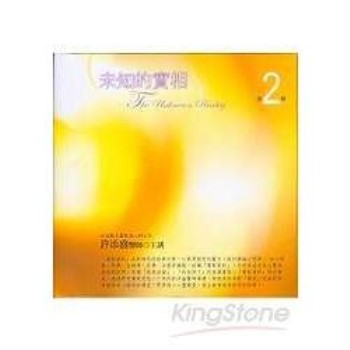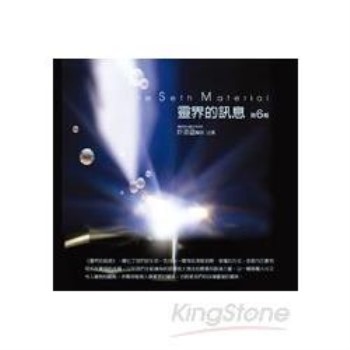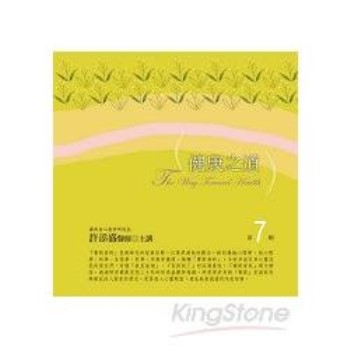There is a complex relationship between the meaning of Scripture and the ways it is used. Sometimes the meaning constrains Scripture’s use, and sometimes Scripture’s use casts new and fresh light onto its meaning. Theologians and biblical scholars offer helpful lenses through which to view its wonder, but so too do artists.
For centuries, the book of Job has been used to explore and interrogate the mystery of human life by artists both inside and outside of the faith. The book conveys a world that has been entered into by artists of all kinds--painters and poets, filmmakers and dancers, singers and composers, playwrights, sculptors, and authors--and their explorations of both the person and the text of Job have yielded artistic works that, in their turn, have shaped the expectations of subsequent readers. This is the afterlife of Job in human culture. Rather than seeking to excise this afterlife or shear away its various accumulations, Hope for a Tree seeks to reflect on and engage with them in order to embellish and illuminate the text’s meaning in new and fruitful ways as much as any learned commentary.
Philip S. Thomas brings six of these afterlives--two films, two pieces of music, and two works of literature--into dialogue with the book of Job to draw out some of their insights and the challenges they offer contemporary interpreters. These works of art are used to show how the book of Job continues to be found both useful and meaningful in the modern age. In Hope for a Tree, Thomas offers a theological rationale for the inclusion of such works into the interpretative remit and opens up the possibility of an ongoing conversation with other works that might continue to ornament and elucidate this ancient text as the Living God continues to speak through it.












